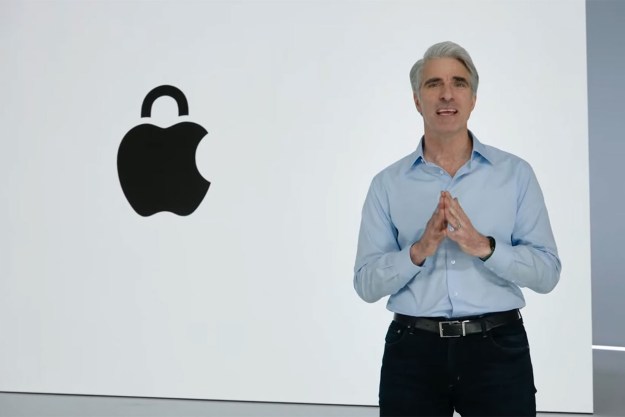Microsoft is rolling out a new super resolution for its Edge browser, but unlike Nvidia’s recently announced RTX Video Super Resolution, Microsoft’s take works with AMD graphics cards.
Edge is taking the same name. Video Super Resolution (VSR) leverages AI to upscale videos directly in your browser. Microsoft’s announcement reads, “It accomplishes this by removing blocky compression artifacts and upscaling video resolution so you can enjoy crisp and clear videos on YouTube and other streaming platforms that play video content without sacrificing bandwidth.”

Nvidia’s take is supported in Chrome and Edge, but it only works with RTX graphics cards. Microsoft’s version works with AMD and Nvidia GPUs, which opens up the feature to a much larger user base. There are still some specific requirements to get VSR working, though.
For starters, you need an Nvidia RTX graphics card, or an AMD RX 5700 or newer. Currently, VSR only works on discrete graphics cards, but Microsoft says it is working on a hybrid GPU solution for laptops that will automatically toggle between integrated and discrete graphics when using Edge. If you have a laptop now, make sure to force Edge to run on your discrete GPU in Windows settings to try out VSR.
You don’t need a specific processor, but Microsoft has requirements for the video you’re attempting to upscale. It has to be less than 720p resolution, but have a greater height and width than 192 pixels. In addition, Microsoft says the processing won’t work on video protected by Digital Right Management (DRM). For example, a movie you bought on YouTube likely won’t work. Finally, your device must be connected to AC power due to the computation power required to process video.
Microsoft is rolling out VSR now. It’s available to about half of the Edge users in the Canary channel, which is Microsoft’s experimental Edge platform that’s updated with new features daily (you can install the Canary version directly from Microsoft). Features rolled out to Canary generally take several months before they make it to the stable build of Edge.
As long as you’re on the Canary channel, you can force the feature on by entering edge://flags/#edge-video-super-resolution in your browser’s address bar. On the page that loads, toggle the feature to Enabled instead of Default.
Microsoft has been focusing much more attention on Edge as of late. The new VSR feature comes on the heels of Microsoft integrating its AI-powered Bing Chat into the Edge browser, as well as Windows 11 itself. The company is making further strides in AI, as well, following a multibillion investment in OpenAI, the group behind the wildly popular ChatGPT. Microsoft is holding a special event on March 16, where it’s expected to detail how it’s leveraging AI in apps like PowerPoint and Word.
Editors' Recommendations
- 4 Windows 11 accessibility features that make it easier for everyone to use
- The most common Zoom problems and how to fix them
- Microsoft’s Bing Chat: how to join the waitlist now
- Gmail client-side encryption adds security for businesses
- New Windows 11 update adds ChatGPT-powered Bing AI to the taskbar





